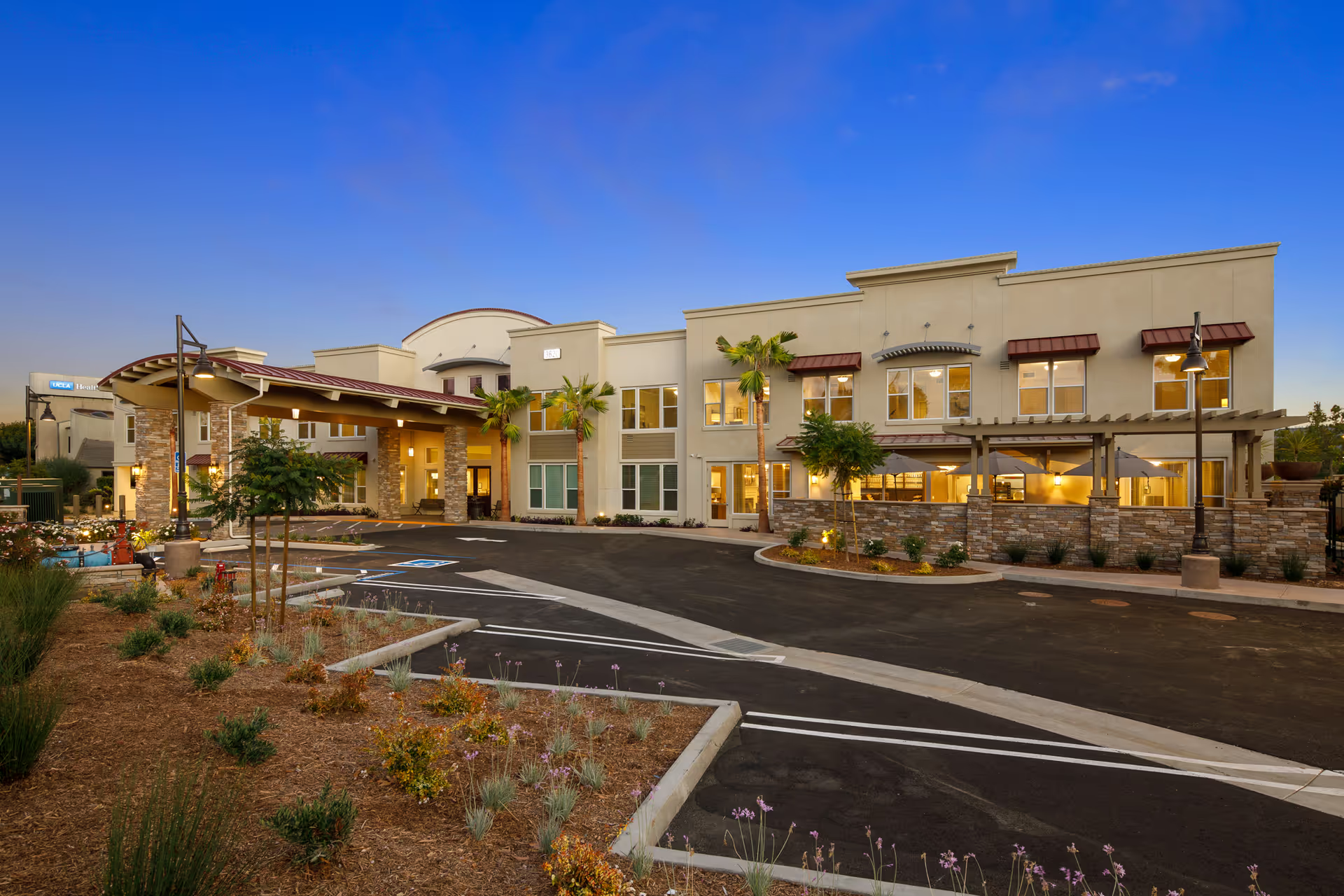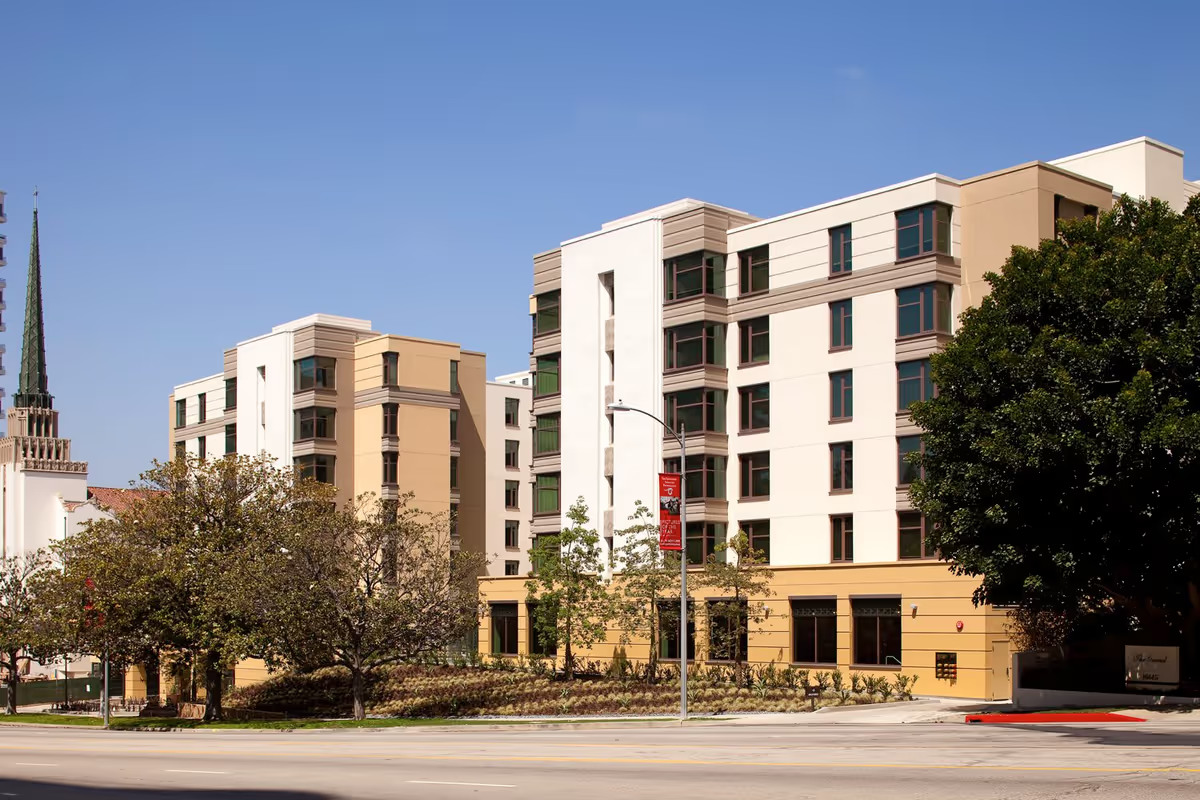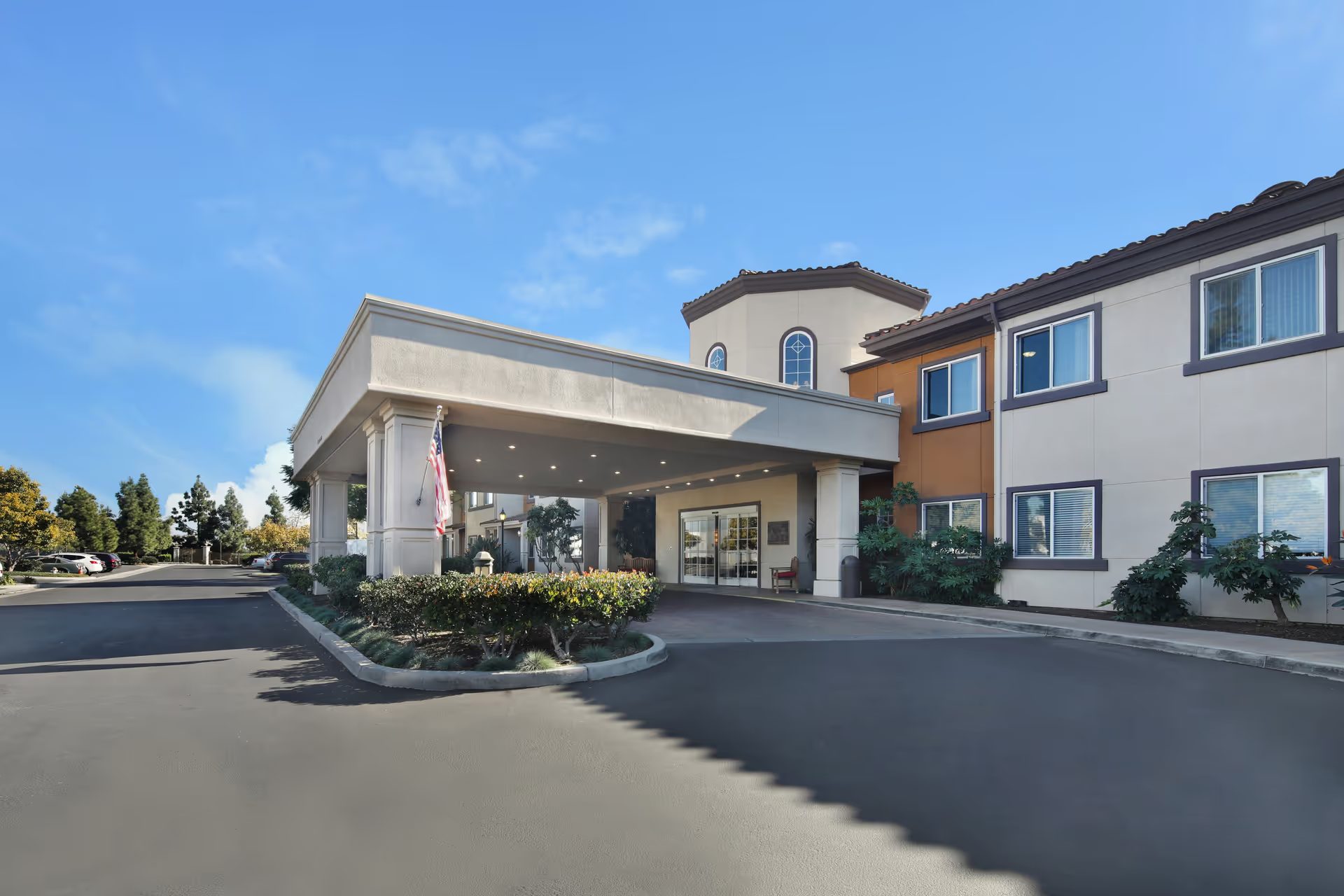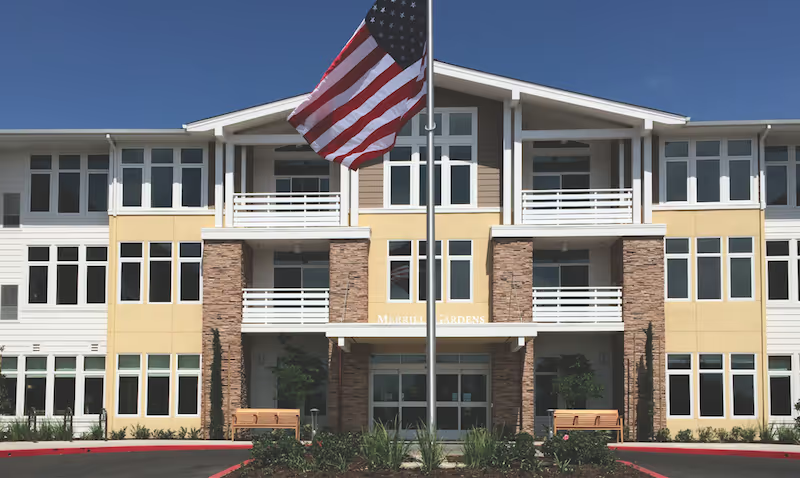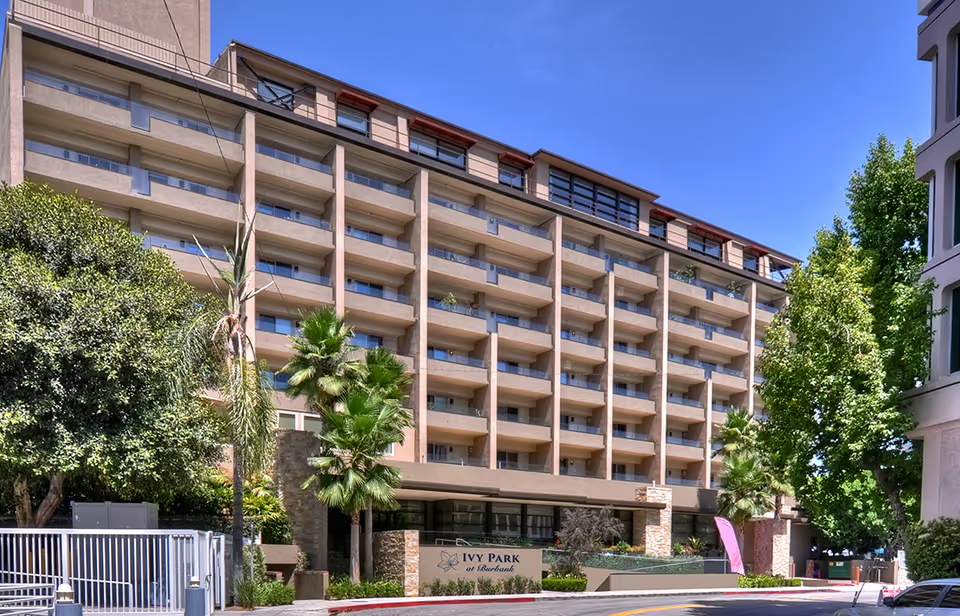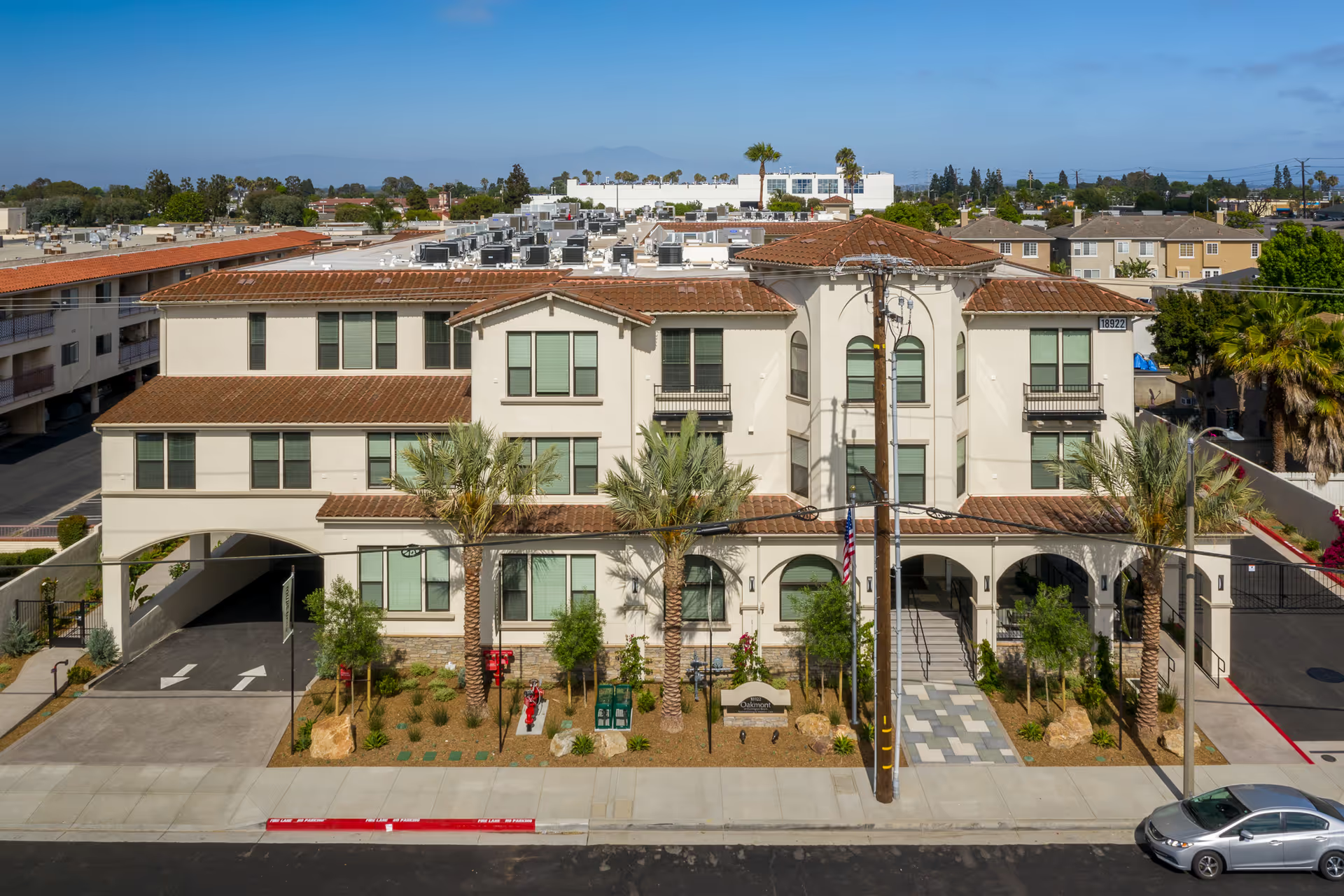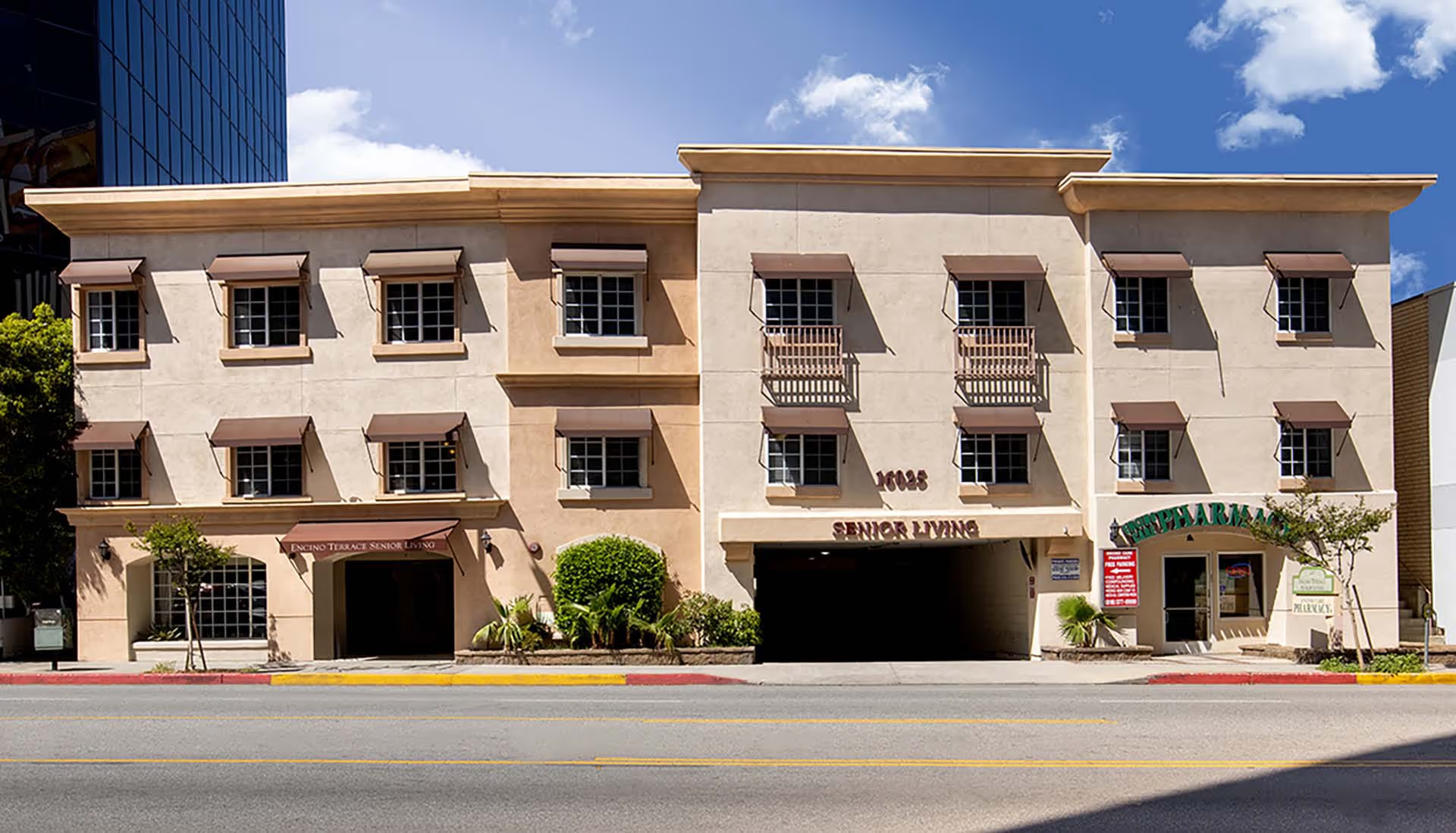Overall sentiment across the review summaries is mixed but leans positive with important and recurring caveats. Many reviewers praise the staff, describing them as kind, compassionate, dedicated, and informative. Multiple comments highlight wonderful caregivers and the presence of 24-hour nursing and rehab services, suggesting the community can provide solid day-to-day care and clinical support for many needs. The facility itself earns consistent compliments: it is described as beautiful, well maintained, clean, and featuring brand-new rooms or updated accommodations with attractive views. Apartment options (1- and 2-bedroom units with kitchens), meeting spaces, a library, music and exercise rooms, and on-site parking contribute to a strong set of physical amenities that appeal to prospective residents and families.
Dining and activities draw mixed but generally favorable remarks. Several reviewers mention excellent food and a lively activity program, and the cafeteria dinner and social opportunities are seen as positive aspects by many. At the same time, a subset of reviewers disliked the meal plans, suggesting variability in dining satisfaction depending on expectations and requirements. Programming is described as abundant by some — “lots of activities” — but other comments note restricted activities for certain residents, indicating that access to activities may depend on individual circumstances, mobility, or administrative decisions.
Despite many positives, there are several recurring and significant concerns that temper the overall impression. Administrative and management issues are repeatedly mentioned: reviewers report disorganized administration and even behaviors characterized as intimidation of residents and families. Financial transparency and privacy are also a pain point — at least one review flagged intrusive financial questions and related privacy worries. Cost is another frequent concern: multiple reviewers describe the community as expensive or not worth the price, creating a tension between facility quality and perceived value.
Care quality perceptions show a mixed picture. While many praise the caregiving staff and 24-hour nursing for keeping residents comfortable and supported, other reviews assert that the community lacks quality nursing staff. Additionally, there is an important service gap: reviewers explicitly state there is no dementia care offered, which is a crucial limitation for families seeking memory-care services. Complaints about poor housekeeping and alleged staff discrimination also appear and should be taken seriously, as they contrast sharply with other commenters who found staff uniformly compassionate and helpful.
Physical design and amenities present a blend of strengths and shortcomings. The campus, views, and interior facilities receive strong positive remarks, but certain design choices are criticized — notably a small lobby with limited seating and chairs placed far apart, making it unfriendly for visitors and casual resident interaction. The on-site pool exists but is described as small and narrow, and details like white carpets were singled out as negatives (perhaps for maintenance or aesthetic reasons). Mobility-related needs are noted: while the facility provides assistance and has suitable apartments, some residents with mobility issues require help to cook despite having kitchens, indicating varying levels of independence supported by staff.
In summary, The Canterbury Retirement Community appears to offer many of the desirable features for independent living — attractive accommodations, helpful support services, engaging activities, and a compassionate caregiving team in many instances. However, prospective residents and families should probe administrative practices, cost and contract details, privacy policies, and whether dementia-specific services are required. It would be prudent to verify consistency of housekeeping and nursing quality, clarify activity access for residents with different needs, and assess how management handles family communication and concerns. The pattern of strong praise for interpersonal care mixed with administrative and service-level criticisms suggests that individual experiences may vary significantly depending on unit, staffing at the time, and specific resident needs.
